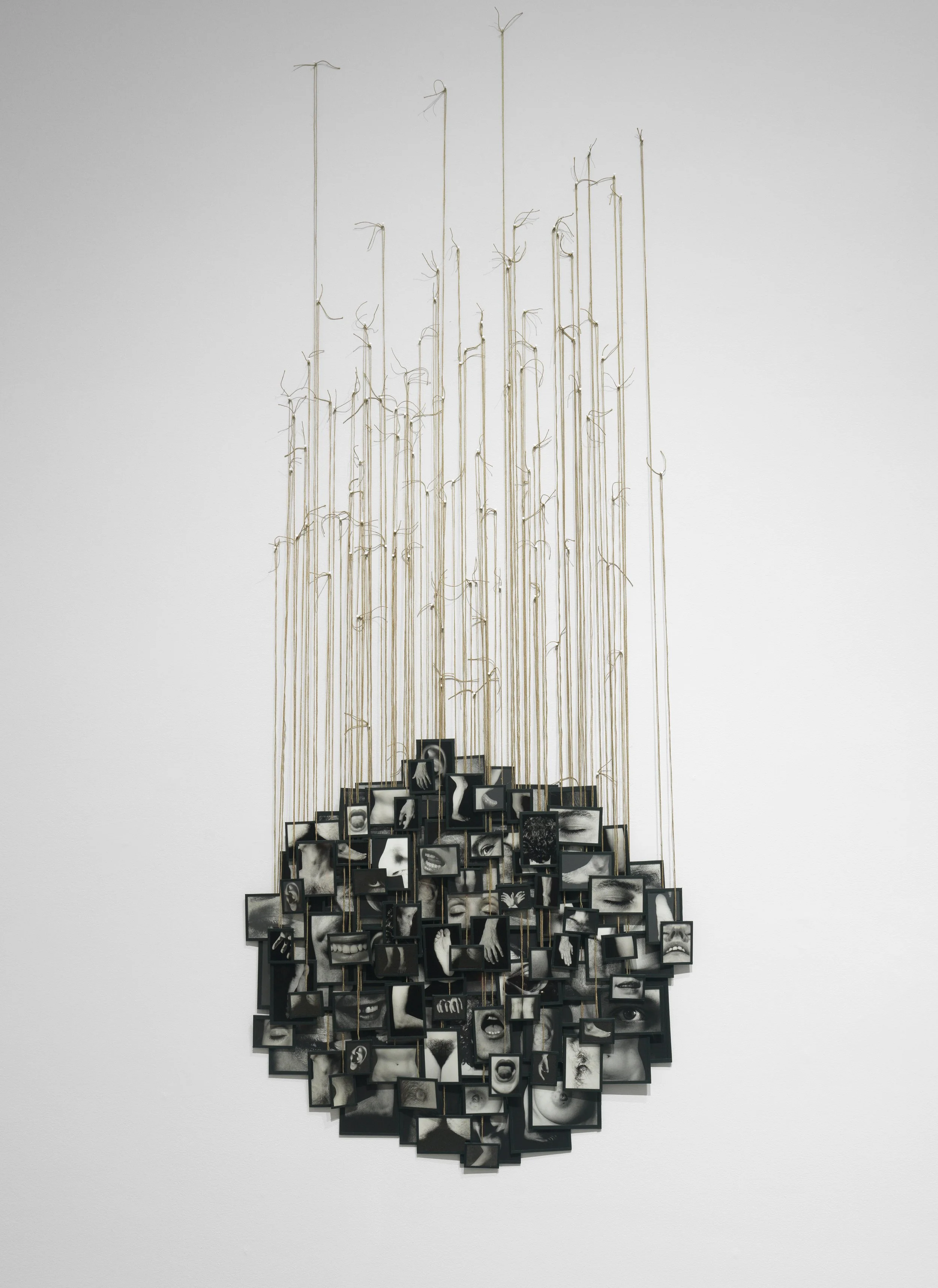Don't Forget To Call Your Mother | The Metropolitan Museum of Art
Barnette 2023 © Metropolitan Museum of Art
Written by Madeline Lerner
Photo Edited by Kelly Woodyard
Finding inspiration for art is a difficult process. Particularly in an age where images are shared rapidly throughout the metaverse, many artists seek authenticity from archives. For the artists featured in the Metropolitan Museum of Art’s “Don’t Forget To Call Your Mother” exhibit, inspiration lies in history. Using found objects and constructed pieces, these artists show us the many ways in which history can serve as the focal point of contemporary art.
Calle © Metropolitan Museum of Art
An artist’s past can serve as an inspiration. A great artist has the ability to transform those memories from something deeply personal into widely accessible works. Among the featured artists delving into their pasts is Larry Sultan, with his piece titled “Untitled Film Stills.” It displays stills that are remarkably cinematic and arranged so artistically, it's not initially clear that they are scenes from Sultan’s youth. Paired with the story of finding the videos during holiday with his family like discovering treasure, Sultan paints a picture both of nostalgia and familial warmth.
Gonzalez-Torres © Metropolitan Museum of Art
In several pieces, personal histories are deeply intertwined with the period’s broader histories. For artist Sadie Barnette, her father’s bar—the first Black-owned gay bar in San Francisco— serves as the central source of inspiration for her life-sized piece. On the exhibit’s middle wall, the small bar is attached and illuminated by white neon light. The piece quite literally illuminates the history of LGBTQ spaces, celebrating joy with images of customers assembled under the lights. The artwork serves as an examination of both the artist's individual history and a significant period that might connect with a broader audience.
Sultan 1991 © Metropolitan Museum of Art
One artist, Taryn Simon, physically dug through archives, in search of a sort of living history— the descendants of Hans Frank, a war criminal, fine art thief, and head of Nazi-occupied Poland. Simon presents her findings on three panels: a left panel which displays images of living descendents, with blank spaces for those who opted not to participate; a right panel which displays images of Nazi-stolen paintings and newspaper clippings of the time; and lastly a middle panel which provides descriptions and footnotes, further deepening the stories. This work is a part of a larger series titled A Living Man Declared Dead and Other Chapters I-XVIII, where Simon unearths the narratives and codes that are sustained through bloodlines, from the descendents of a medically-tested rabbit to the victims of the Bosnian Genocide. It is a fascinating exploration of the past, detailing its relevance to the present and uncovering the burdens of trauma passed down through the family tree.
Willis Thomas 2020 © Metropolitan Museum of Art
By providing a fuse of personal histories and more collective narratives, the exhibit brings together a diversity of approaches to interacting with the past. Above all, it unfolds a comprehensive narrative of the ways in which art draws inspiration.
See “Don’t Forget To Call Your Mother” at the Metropolitan Museum of Art through September 15th, 2024.
Messenger 2015 © Metropolitan Museum of Art













